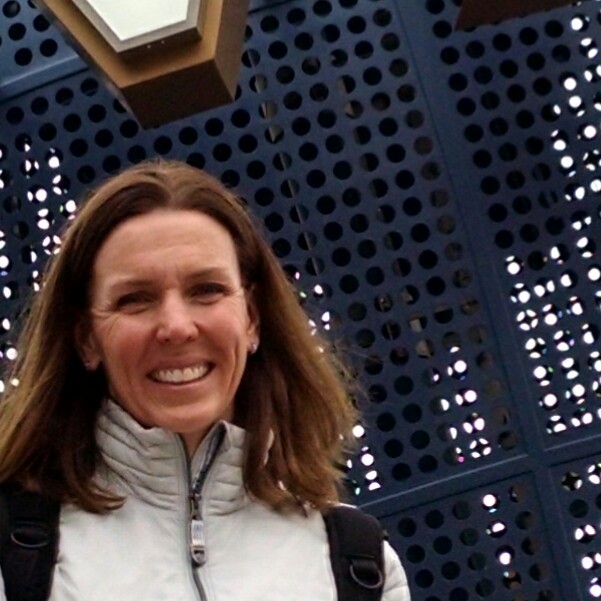Stand up for Science: Practical Approaches to Discussing Science that Matters
Expert Voices Gallery / Lesson 12 of 47
Expert Voice Q&A - Alicia Comer
0 minutes
Expert Voice Q&A – Alicia Comer

Information about Alicia Comer
What is your name, title, and role at the University of Michigan?
Alicia Comer, Science Outreach Curriculum Developer.
I work in the Museum of Natural History’s Education Department, and my primary role is to develop, implement, and evaluate education programs in conjunction with UM faculty research grants as well as manage the Museum’s Science Communication Fellows program.
Why are your public engagement efforts in education and/or outreach important (to you and/or to the cause you’re working to promote)?
I develop interactive programs geared toward the K-12 audience that aim to inspire children and engage them in the scientific process. It’s important to make science understandable, accessible, relevant, and interesting to children in order to foster positive attitudes toward science.
Alicia Comer on Audience
Who do you interact with when working in education and/or outreach? What makes this audience different from other groups that you might interact with?
When interacting with one of our primary audiences, school-aged children, I make sure to make science exciting, interesting, and relevant to their lives. I also make sure that they get to “do” science, not just learn facts. When I train docents on how to lead a program, I provide not only a lot of background information on the topic but also train them on how to teach inquiry and ask open-ended questions.
What suggestions do you have for making interactions with educators, learners, and/or lay-audiences as effective as possible?
One important point to keep in mind is that as a science communicator, you need to know what knowledge, biases, or misconceptions your audience may have, and that most often requires a conversation. Learning is a two-way street.
What is the biggest challenge you face when trying to work with educators, learners, and/or lay-audiences? What is the biggest reward?
It’s always a challenge to work with a large group, because they all have different experiences and knowledge. However, when you can connect with a person and see their face light up as some mystery suddenly now makes sense to them – that’s very rewarding. If people are inspired to take an action as a result of my program whether it’s read more about the topic, teach another, or try an experiment at home – that’s a great success.
What are you trying to accomplish when you write to or speak with educators, learners, and/or lay-audiences?
My goals in communicating are directly tied to the audience to whom I’m speaking. If I’m speaking with children, I am trying to get information and ideas across to them, but more importantly, I’m trying to inspire an interest in science and inquiry, to help them feel confident in their ability to do science and for them to think that science can be interesting and fun.
Alicia Comer on Messaging
When you’re planning to interact with educators, learners, and/or lay-audiences, how do you decide what you want to focus on? If a scientist wanted a single idea to “stick” in the mind of an educator, learner, or lay-audience member, what advice would you give them as to how best to shape/pitch that idea?
When interacting with school children and teachers, I focus curricula on the newly adopted Next Generation Science Standards since these guide the topics and skills that teachers are covering in their classrooms. I then try to find a way to make the information engaging and interesting, usually through the use of hands-on, inquiry-based experiments and explorations.
Alicia Comer on Narrative
Do you use stories or narratives as a tool to communicate with educators, learners, and/or lay-audiences? If so, what kinds of narratives?
A well-told story has the potential to captivate an audience, so I do often use stories as a tool when communicating with both educators and children. Allowing others to share their own stories can be just as powerful and can connect the audience not just with the topic, but to each other.
What kinds of documents or presentations are most effective at capturing and maintaining a educators’, learners’, and/or lay-audiences’ attention? Would you mind providing a few examples (both “good” and “bad”) of the same kind of document or presentation?
I have found that lecturing or “telling” is the least effective way of getting information across to an audience. The best is to give your audience an opportunity to discover the science or reach the conclusion on their own through guided learning. And as much as I hate to admit it, visual media can be a powerful tool at capturing the attention of your audience which it be an interactive computer screen or a video clip.